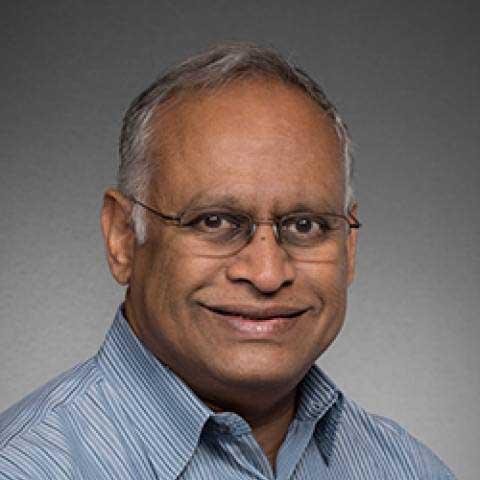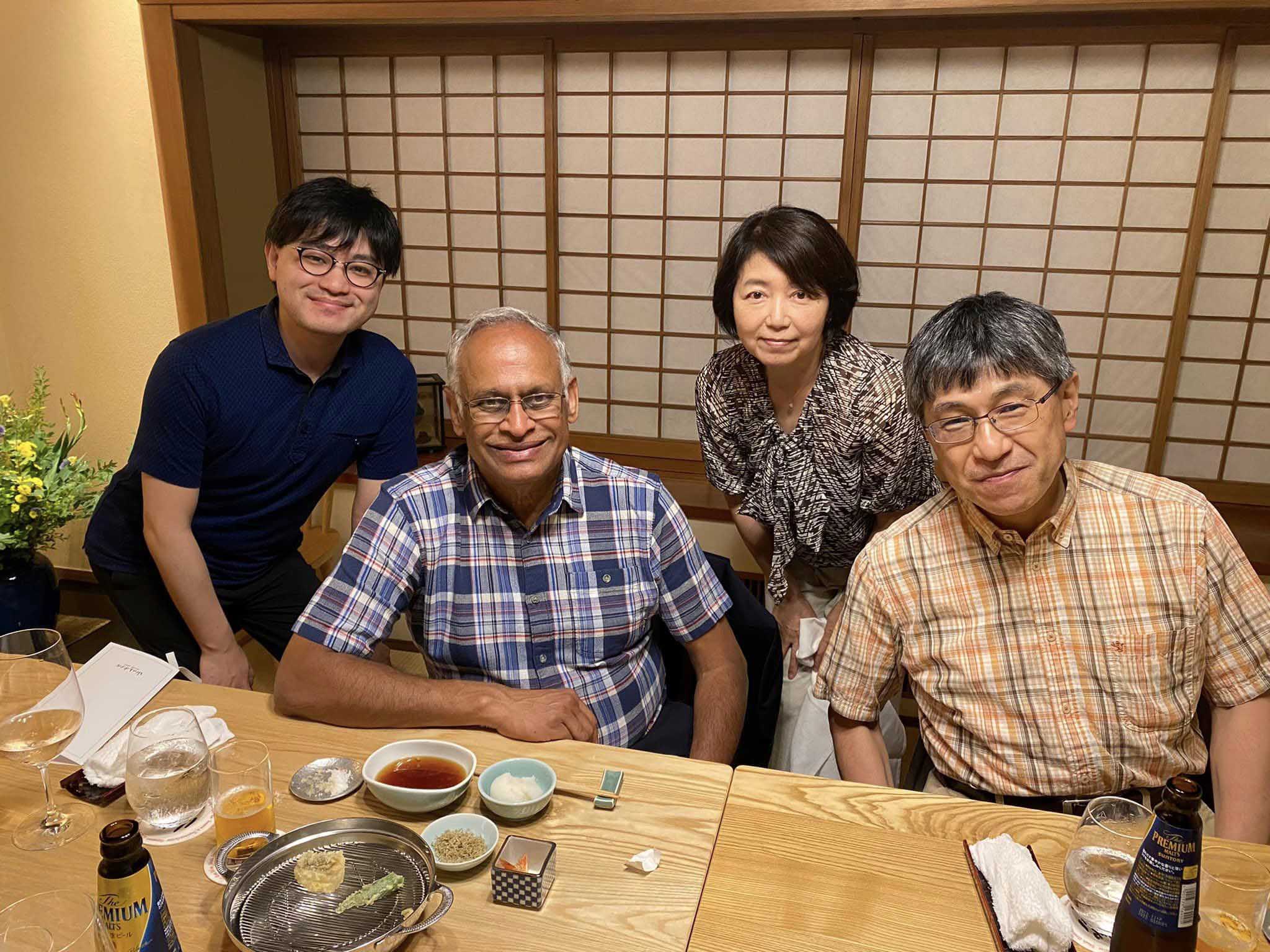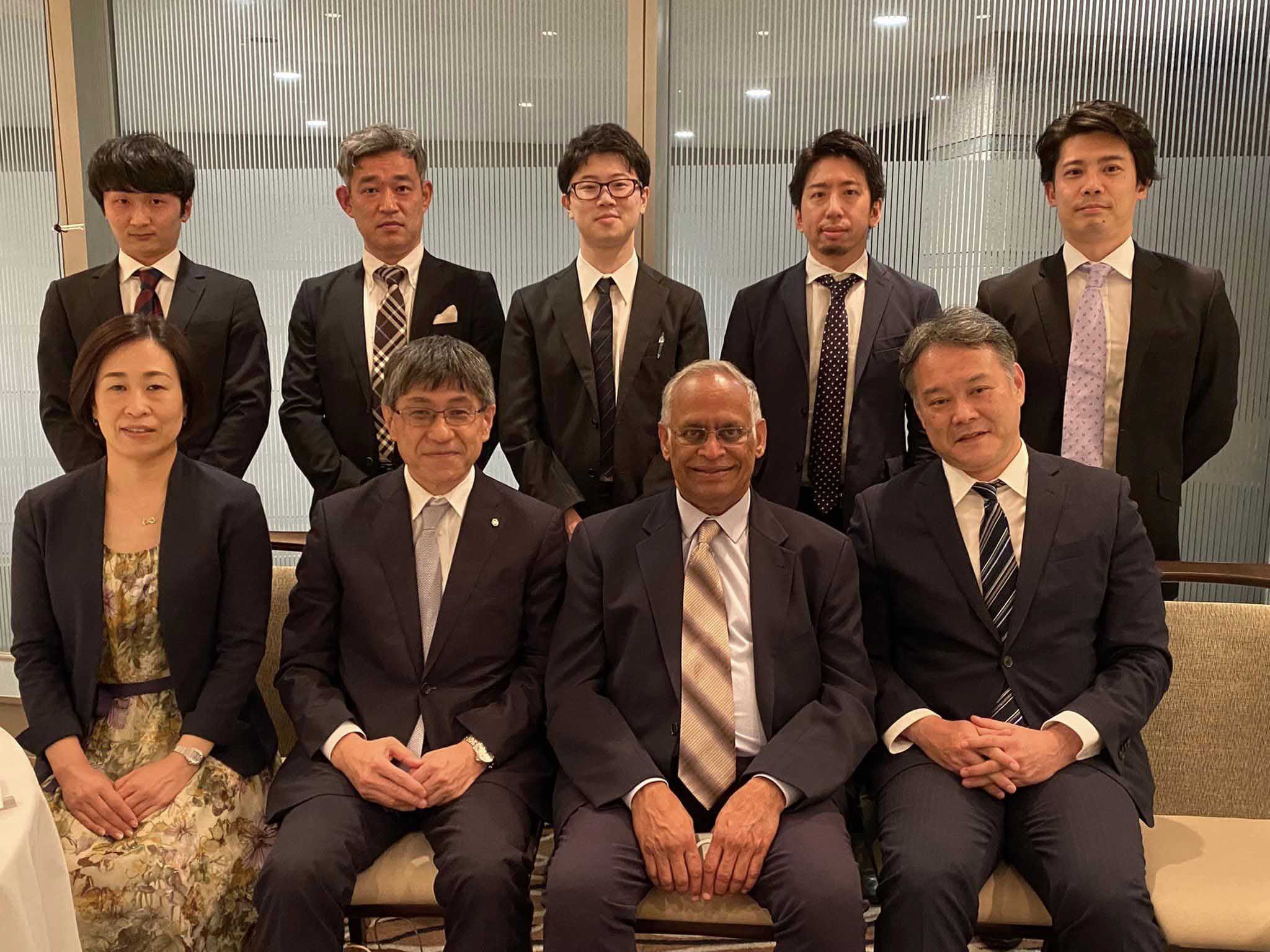Dr. Akio Morita - A Surgeon Extraordinaire

Department of Neurological Surgery,
Harborview Medical Center, University of Washington, Seattle, WA, USA
Laligam N. Sekhar, MD, FACS, FAANS
Varadaraya Shenoy, MD
In this article, the senior author describes his association with Professor Akio Morita, Dr. Morita's contributions to the field of neurological surgery, and his personal qualities that have endeared him to countless neurosurgeons around the world.
Dr. Morita is a student, teacher, and a close friend of the senior author (LNS). Dr. Sekhar was first introduced to Dr. Morita after he received a letter from Professor Thoralf Sundt, MD which led to a conversation in which Dr. Sundt described Dr. Morita "as one of the most gifted trainees that he had ever encountered", and strongly recommended him for a skull base surgery and cerebrovascular fellowship at The George Washington University. Subsequently, Dr. Sekhar also spoke to Dr. David Piepgras who was the Chairman of Neurological Surgery at the Mayo Clinic at that time, and who also extolled Dr. Morita's great qualities. Dr. Morita had already completed his training in neurological surgery in Japan and was doing a fellowship at the Mayo Clinic and subsequently, residency training at the Mayo Clinic. Based on the extraordinary recommendation that he received, he was accepted into the cerebrovascular and surgery skull base fellowship program at The George Washington University. He did not disappoint his former teachers. He was indeed a gifted surgeon and an extraordinary human being. After completing his fellowship, Dr. Morita went back to complete his residency training at the Mayo Clinic, and subsequently, he was recruited to work at The George Washington University Medical Center by Dr. Sekhar as an Assistant Professor of Neurosurgery.
While he was on the faculty, Dr. Morita specialized in cerebrovascular and skull base neurosurgery, and worked closely with Dr. Sekhar. In particular, he was involved in the development of endoscope-assisted surgery of tumors and aneurysms and the endoscopic evacuation of intracranial hematomas. Dr. Morita quickly became a very well-liked surgeon with colleagues, patients, and staff alike. After spending a year in The George Washington University Hospital, he returned to Japan at the behest of his wife. He then started to work at the University of Tokyo under Professor Takaaki Kirino. Subsequently, he became an Associate Professor at the University of Tokyo Neurosurgery department and eventually the Professor and Chairman of Neurological Surgery at the Nippon Medical School, Japan.
Dr. Morita has had a neurosurgical career that is very distinguished in several respects. First, he is a surgeon extraordinaire. As Dr. Sekhar would observe his videotaped operations, he would often remark that he could not say whether it was Dr. Morita operating or himself operating. The operating styles of both surgeons were very similar and yet Dr. Morita exceeded his teacher in every possible way. In addition to this, Dr. Morita also exhibited remarkable leadership qualities, building up two centers of neurological surgery in Tokyo, inspiring and teaching another generation of young neurosurgeons. He continued his clinical activities with respect to cerebrovascular and skull base surgery. In addition, he became known for his research activities, particularly in the clinical study of intracranial aneurysms, and in the area of robotic neurosurgery, in which he helped to develop robotic microsurgery. In this Dr. Sekhar and Dr. Morita collaborated and also compared notes, although working on different continents.
Dr. Morita was and remains the principal investigator for the extremely important Japanese Unruptured Cerebral Aneurysm Study (UCAS); UCAS results have added to the data provided by the ISUIA trial which had its own deficiencies.1 Dr. Morita also proved to be an excellent leader in the arena of world neurosurgery, holding several positions including President of the Japanese Society for Skull Base Surgery, and Secretary of the World Federation of Neurosurgical Societies (WFNS). Beyond his professional accomplishments, one cannot forget his very significant personal qualities. Everyone who came into contact with Dr. Morita was impressed by his friendliness and pleasant demeanor. He is a family man; he, his wife, and two children have met Dr. Sekhar and his family on many occasions. He also very impressive in his social media postings regarding Japanese food and various interesting places in Japan.
Now Dr. Morita will transition to a new stage in his life, retiring from the chairmanship of Neurological Surgery at the Nippon Medical School, and moving on to assume the Presidency of the Geriatric Research Center and Neurosurgery Department at the Teraoka Memorial Hospital in Hiroshima. He also remains very active as the Secretary of WFNS. I hope that he will continue to contribute to neurological surgery and also to the WFNS at large. We are all very fortunate that Japan has given this man to the world stage.

The senior author (LNS) with Dr. Morita's family, July 2022. From left to right: Dr. Morita's son, Dr. Kintaro who is a neurologist, the senior author (LNS), Dr. Morita's wife Ms. Keiko, and Dr. Akio Morita.

The senior author (LNS) with Prof. Morita's neurosurgical team at Nippon Medical School, Japan, July 2022.
References:
- The Natural Course of Unruptured Cerebral Aneurysms in a Japanese Cohort. New England Journal of Medicine. 2012;366(26):2474-2482. doi:10.1056/NEJMOA1113260/SUPPL_FILE/NEJMOA1113260_DISCLOSURES.PDF
